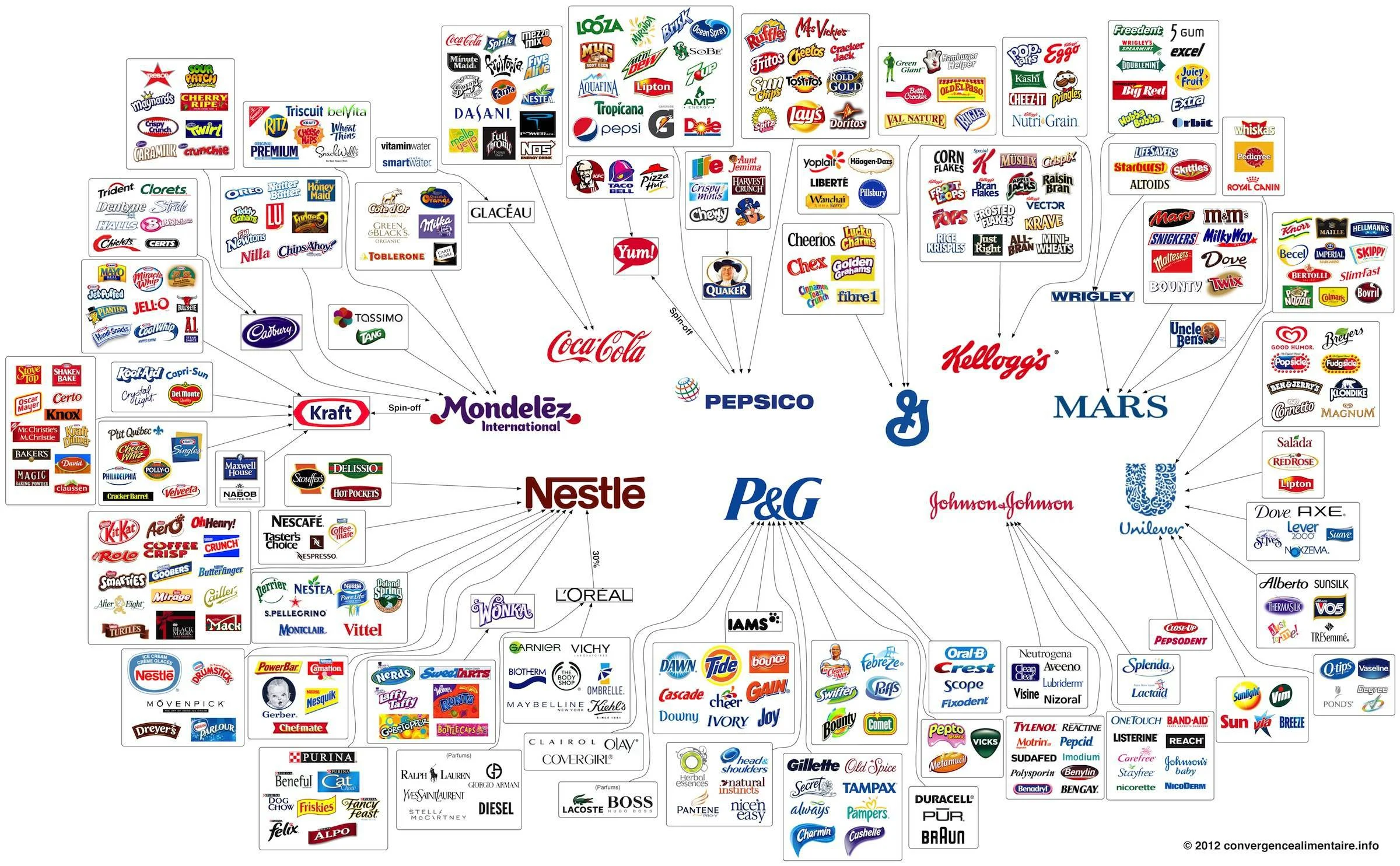FMCG industry hopes to recover lost volume, margins in 2023
New Delhi:
Shrinkflation or reducing the size or quantity of a product while keeping the price unchanged was a little-known term in India but a surge in raw material costs following the war in Ukraine pushed several FMCG companies to resort to such a practice to ensure there is no impact on the fragile recovery in demand.
And when they exhausted all options, FMCG (Fast Moving Consumer Goods) companies raised prices. Now, they are hoping to recover the lost ground in 2023, with a recovery in margins and volumes, especially from the distressed rural areas amid softening commodity prices.
FMCG companies are “cautiously optimistic” and expect the rural market, which accounts for more than one-third of the overall sales, to bounce back in 2023 riding on a good harvest season, government impetus, and improvement in farm income. Besides, they expect the tailwinds of emerging channels like modern trade and e-commerce driving urban demand, and from a rise in premium discretionary categories. Additionally, the fast-moving consumer goods industry, which is experiencing a dramatic shift in omnichannel growth, with sales significantly outpacing metro store growth, expects this trend to continue and strategies to focus on product and consumer experience We anticipate a shift in focus on innovation and a shift toward prioritizing profitable channels.
Just as demand appeared to be recovering, the war in Ukraine earlier this year sent commodity prices skyrocketing. To cope with the high cost of raw materials, some FMCG companies have reduced their product packages without changing their prices. This is known as “shrinkflation” and effectively means that consumers are paying the same amount for less product.
However, demand began to recover in the final quarter of 2022 as Covid infections dwindled and the economy opened up. And fast-moving consumer goods companies, which have been hit hard by the pandemic over the past two years, hope to improve in 2023.

Dabur India CEO Mohit Malhotra told his PTI:
The industry will see him double-digit price increases in 2022. According to a recent report by data analytics firm Nielsen IQ, the FMCG industry experienced a 0.9% decline in overall volume in the September quarter compared to the previous three months. Emami Vice-Chairman Mohan Goenka said high inflation and a slowdown in the local economy remained concerns, but commodity prices were starting to calm down.
“We have seen commodity prices fall since October, but the benefits may not be realized until next year. are expected to recover,” he said.
Britannia Industries executive his vice chairman and managing director Varun berry said demand has been very stable after the pandemic. But in terms of costs and profitability, commodity inflation is still boiling over with higher flour and dairy inflation, he added. “Generally, commodity prices are not falling at the moment, but hopefully they will come under control in the future. The only commodity we are dealing with is palm oil and I hope things settle down soon as we move forward.”
In 2022, the fast-moving consumer goods industry saw a higher contribution of new launches in key categories as companies introduced new pack sizes amid inflationary pressures. Ahmed Elsheikh, President of PepsiCo India said: SKUs and overall system performance and productivity improvements. ”
This is his decade in India, and PepsiCo is focused on building capacity, availability and increasing market penetration while driving category innovation, he said.
According to Sunil D’Souza, his MD and CEO of Tata Consumer Products Ltd, two of his key trends that gained momentum during the pandemic were increased attention to health and wellness and digital adoption. and these will continue in his FMCG sector.
“We believe these trends will continue, and we believe this will continue to impact our innovation challenges, as well as our marketing, sales and distribution,” he said.
But D’Souza also said inflation, costs and macroeconomic volatility were concerns. As such, it will be important to balance earnings while also focusing on driving growth momentum, he said. In a report released earlier this month, Crisil Ratings expects FMCG companies’ revenues to grow by 7% to 9% next year.
Marico MD and CEO Saugata Gupta said “For now, the urban consumption and premium segments are in a much better position, particularly in categories related to outdoor consumption, especially as the discretionary premium FMCG segment has had a much lower base over the past year. I have. ”
Mariko has targeted “at least mid-single-digit volume growth in the second half of the year,” and “in FY24 he expects the digital portfolio to continue growing quarterly until reaching Rs450-500.” said.
Nestlé India will continue to strengthen his RURBAN strategy, with a focus underpinned by sales expansion and portfolio optimization.
A spokeswoman for Nestlé India said: “In addition, technology and data are also central to Nestlé India’s future growth story. In addition, FMCG companies will also invest in expanding production capacity and expanding distribution networks in local markets.
“In FY2023-24, we will invest approximately Rs2.75 billion to add another greenfield factory in Bihar. We are also considering it,” said Britannia’s Berry.
According to a recent report, weak rural demand and rising inflation have pushed sales growth in the fast-moving consumer goods sector to 7% this year and next, compared with his 8.5% in the previous year. It will slow down to ~9%. The report attributes the modest increase in sales to the many price increases FMCG companies made throughout the year to cushion the impact of rising input costs.






